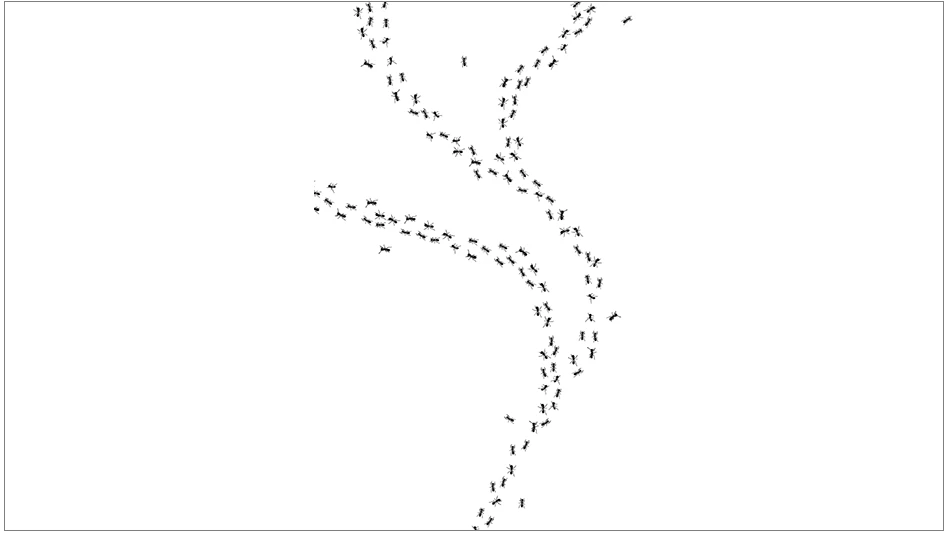
Rodent management is an essential function for many food processing, distribution and storage facilities. Protecting unprocessed and processed food from disease-laden rodents is a top priority for quality assurance and plant managers.
For years the thinking was to attack rodents on the exterior of a facility using perimeter baiting. But Tacoma, Wash.-based Sprague Pest Solutions discovered that the threat is sometimes higher inside the facility than outside. “It is more likely that rodents are brought into food facilities in shipments of raw ingredients like sugar, grain or flour or in packaging and shipping pallets of finished goods,” says Jeff Weier, Sprague’s veteran technical director.
To combat this threat, Sprague, which operates in six states in the Pacific Coast and Mountain regions, has turned its attention inward and found success using traps, rodent deterrents and exclusion practices to ward off rodents.

Many food processing and warehousing facilities that are inspected by the Food & Drug Administration (FDA) and U.S. Department of Agriculture (USDA) have tight restrictions on using rodenticide baits inside a facility; some allow them under close supervision, others do not allow them at all.
Enclosed multi-catch rodent traps and secured snap traps are commonly and effectively used by Sprague technicians in these facilities. Not only do they produce immediate results — once a disease-carrying rodent wanders inside, its exploring and contamination days are over —traps are also a cost-efficient option for clients.
Since it may take one to 10 days for a rodent bait to deliver its lethal dose, it’s understandable why some clients desire the immediacy of traps. Adding traps in interior areas around raw ingredients is a good way to capture rodents before they make their way further into the facility to contaminate food and damage structures.
Some facilities don’t have large enough exterior rodent populations to justify a continuous baiting program, so Sprague is successfully deploying snap traps outdoors instead of bait. This reduces the volume of bait used but still provides coverage for the client. Bait and stations can be added if the rodent pressure increases outdoors.
Weier says food industry clients are benefiting from this evolving approach to rodent management because:
- Programs are more effective since their design is based on rodent biology and behavior and the actual risk to the facility vs. a formula.
- The risk-based program directs stronger protection measures to the facility’s areas of greatest risk.
- It is more efficient, saving the client money and allowing more time for inspections, monitoring and management.
- The environmental impact is lessened: Non-target animals have more protection and less spoiled bait is thrown away.
“It provides a more comprehensive, holistic IPM-based approach to rodent management,” says Weier. “Rather than relying upon just one control method, it brings multiple options to the table.”
The author is a communications and marketing consultant with B Communications.
Explore the November 2017 Issue
Check out more from this issue and find your next story to read.
Latest from Pest Control Technology
- CAPMA Hosts 2025 Legislative Day in Sacramento
- Grizz Pest Management Bartends for a Cause
- Rose Pest Solutions Becomes Official Pest Provider of Chicago Fire FC
- WSPMA Hosts Legislative Day at Washington State Capitol
- A-1 Pest Control Marks 59 years in Business
- Hawaii PCO Shares Regulatory Challenges, Business Impacts from Lahaina Wildfires
- 5 Tips for Reducing Waste in the Office and in the Field
- OvoControl Now Available in Chile








